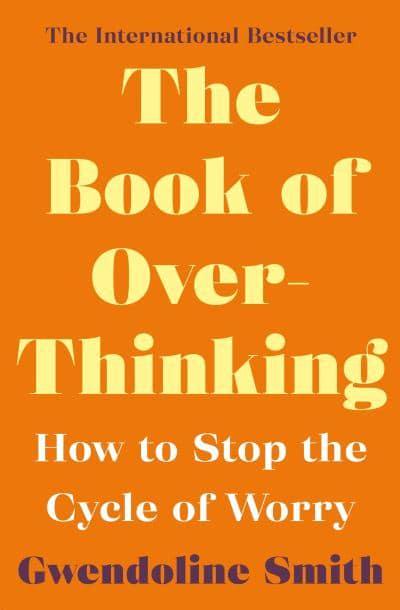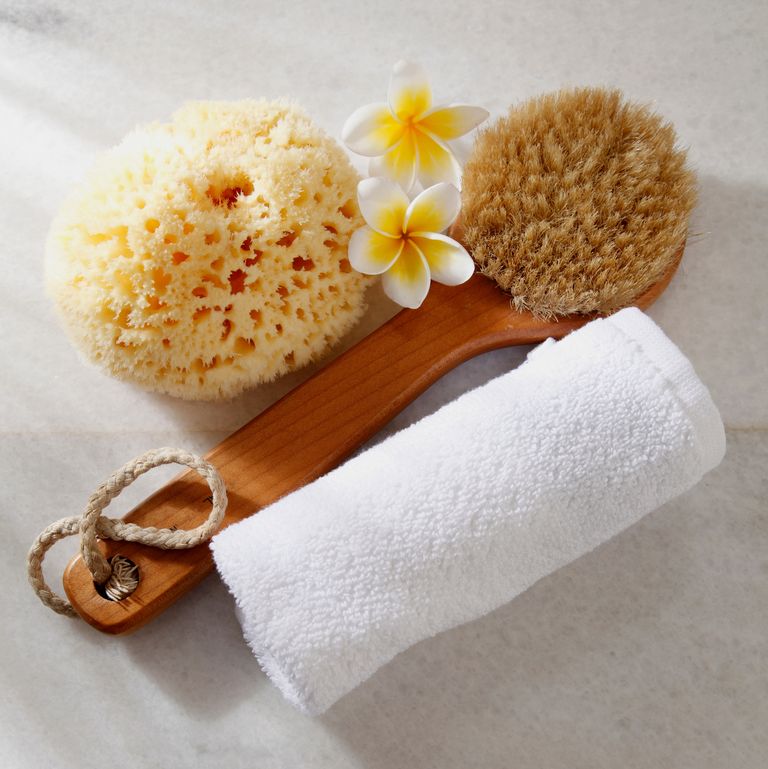You may already be familiar with the many benefits of massage. You know about the stress relief, pain relief, and relaxation that result from a good massage. Even if you’re a massage regular, however, you may be wondering how different types of massage can benefit your body in different ways. You’ve heard about Thai massage and its unique benefits, but how do they differ from what many people consider to be “traditional” massage therapy?
Thai Massage is More Energetic
This isn’t a passive massage where you just lie on the table and drift off while your masseuse works their magic. Thai massage is often described as “lazy yoga.” During a Thai massage session, your therapist will stretch your body into a variety of positions that most closely resemble yoga positions. Through this stretching, you’ll relieve muscle tension, increase muscle flexibility, add to your muscle tone, and help aid joint mobility. All of these benefits help in the reduction of stress. They also allow you to be more centered within your body and settled within yourself–all while you remain actively present and engaged in the treatment. A Thai massage is a unique experience in the massage world, but you’ll certainly reap the benefits both during and after the procedure.
Your Therapist Won’t Just Use Their Hands
During a Thai massage, the therapist will use every part of their body to help manipulate yours. The goal of a Thai massage is to invigorate your body, increasing blood flow and mobility in the joints and manipulating muscles toward further relaxation. The therapist will use their hands, feet, knees, and elbows to help further these goals.
You’ll Feel More Centered and Balanced
Following a Thai massage treatment, you’ll discover that you feel more centered and balanced, much like the way you’ll feel after a good yoga workout. During a Thai massage, you’re much more present in your body. As the therapist draws attention to each part of your body, you recognize previously ignored sources of tension and are able to release them. Thai massage keeps you more present within your body throughout the process, so you’ll discover that you’re better able to identify those sources of tension following the massage and prevent them from coming back, rather than simply being relieved that they’re gone.
Where Did Thai Massage Originate?
Thai massage was developed by Buddhist monks centuries ago–some believe more than 2000 years. Unlike more “Western” massage styles, Thai massage has a rich history that has been passed down for generations. As a result, Thai massage has been well-developed and its benefits well studied. While you might not believe in the energy lines that Thai therapists believe circulate throughout the body, you will certainly benefit from the years of experience that has gone into their techniques.
What to Expect
Many people are nervous about going into a massage appointment for the first time, especially if they have no idea what to expect. A Thai massage isn’t like the other types of massage you may have experienced. During a massage, there is no table. Instead, you will be massaged on a special Thai mat on the floor–a very practical choice, since the active stretching during the massage requires your therapist to move all around and over you with ease. You won’t need to remove your clothing; since no oil is applied, you can remain fully dressed for your treatment. Ideally, this means that you should wear comfortable clothes with elastic waistbands. Workout attire would be appropriate for this type of massage because it lends itself to easy movement.
Tips and Tricks Prior to Massage
As with any massage, if it’s your first visit, try to arrive at least ten minutes early to give yourself plenty of time ask any questions and relax prior to the massage. Even if you’ve been before, allow yourself at least five minutes to simply relax prior to the massage. Don’t eat a heavy meal just before you come in, but don’t come in with an empty, growling stomach, either! A light meal or snack will be sufficient to allow you to feel comfortable during the massage. Any time you feel discomfort, you should let your therapist know. You should also warn your therapist ahead of time if you have any medical conditions or concerns that might affect you during the massage.
The Specific Benefits of Thai Massage
Thai massage, like other forms of massage, is designed to be of particular benefit to a number of conditions and discomforts. For Thai massage, those include paiBn in muscles and joints such as sciatica, lower back pain, neck pain, shoulder pain, knee pain, or heel pain; poor posture; joint stiffness; and carpal tunnel syndrome, as well as a variety of other conditions that benefit from stretching and relaxing techniques. Thai massage can also benefit patients who suffer from recurring headaches, particularly those that are a result of muscle tension. Following a Thai massage, many individuals find that the deep relaxation techniques are helpful for combating insomnia. Thai massage can also be helpful in instances of emotional trauma and low self-esteem, probably due to its tendency to center the mind and body.
Source: www.castlethaispa.com






Leave A Comment
You must be logged in to post a comment.